|
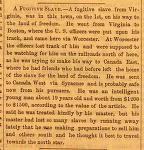
"Fugitive Slave"
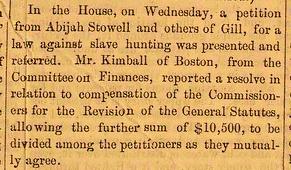
"Legislature- slave hunting petition"

"5 Men Shot in the Streets of Monson!!!"
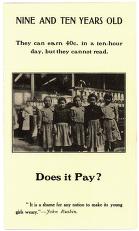
"Nine and Ten Years Old- They can earn 40c. in a ten-hour day, but they cannot read."

Proclamation by the Governor of The Compulsory Work Law
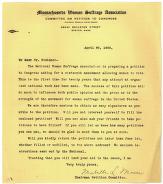
Suffrage letter to George Sheldon
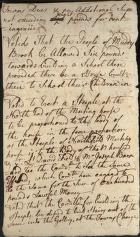
Deerfield Town Meeting
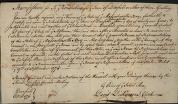
Deerfield Town Warrant
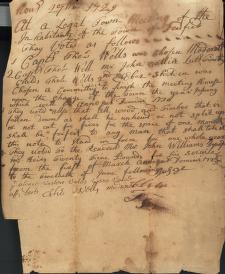
Town Meeting
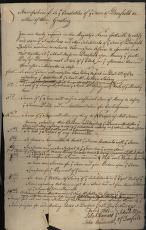
Deerfield Town Warrant
|
Summary and Objective
This is a sequential and progressively interactive study of the advent of democracy, its evolution into guarantees of equal rights, representational government and effecting change. Through outlining the parts of ancient Athenian and Roman governments, and comparing them to New England Town Meetings and the branches of the state and federal governments, students will discover how indebted we are to these ancient cultures and how unchanged the basic principles of democracy have remained. Finally, the class will conduct a series of mock government exercises, using their knowledge of the Constitution and branches of government to replicate the process of a bill becoming law.
Teaching Plan
Step 1.
pre-activity: Read classroom sources and internet link sources to learn the parts of the ancient Athenian and Roman governments. In discussions, outline the branches, with their roles and responsibilities.
Step 2.
pre-activity: Read classroom sources and internet link sources to learn the parts of the US government and the US Constitution. In discussions, outline the branches, with their roles and responsibilities. Then compare the ancient and US governments in: roles and responsibilities, creating and enacting laws, and checks and balances.
Step 3.
The Students select examples that are listed from the digital collection on various issues to "translate" them and learn the differences of perspectives of the times as well as the applications of the Constitution in forming laws and statutes.
Step 4.
Break the class into the three branches of the US (or state) government: Legislative - the House of Representatives (approx. 1/2 of the class) and the Senate (approx. 1/6 of the class), Executive - the President and Cabinet (approx. 1/6 of the class), and Judicial - the Supreme Court (approx. 1/6 of the class).
Step 5.
The class will now conduct a mock government exercise. Each student will have a "necklace" denoting membership in her/his respective branch. Each of the four branches will then debate a bill to be determined by the class. The "Supreme Court" will be examining and consulting the Constitution (or an age appropriate equivalent) to debate whether or not this bill, were it to be passed and signed into law, would be allowed by the Constitution, were the bill's Constitutionality to be challenged. One student, however, will have the "necklace" labeled "BILL". "BILL", instead of engaging in one of the four debates, will circulate amongst the four branches to observe and later report to the class on what they accomplished.
Step 6.
After votes have been taken, the "President" deciding to sign or veto, the "Supreme Court" explaining its interpretation of the Constitution, and "BILL" making her or his report, the class members will discuss opinions and the process they followed. If the bill is passed, signed and approved, "BILL" will get a replacement necklace labeled "LAW". Some suggested bills are
whether to have a bicycle helmet law, whether to require school uniforms or whether to prohibit desecration of the flag.
Step 7.
In a subsequent session, the students will examine examples listed from the digital collections on the Fugitive Slave Act, child labor, temperance and/or women's suffrage. The class will then conduct the mock government exercise described above, this time with one or more of these issues in mind as a bill.
Step 8.
As any conscientious representative should, each student will, at various points in the study, write letters "home" to their constituents. These letters will replicate what elected representatives must do to keep their constituencies informed. The letters will also help provide assessments for the working knowledge gained by each student.
|




